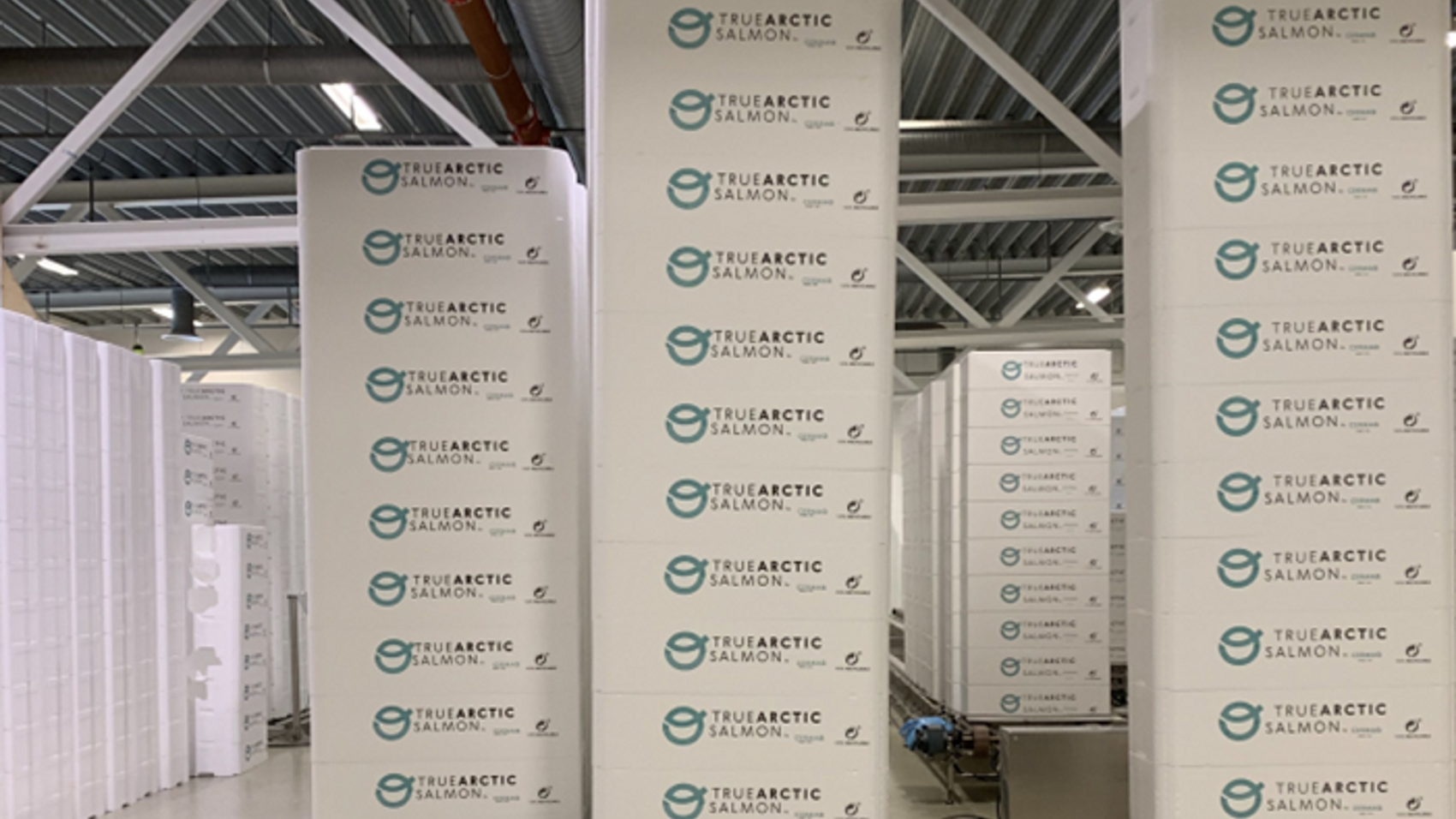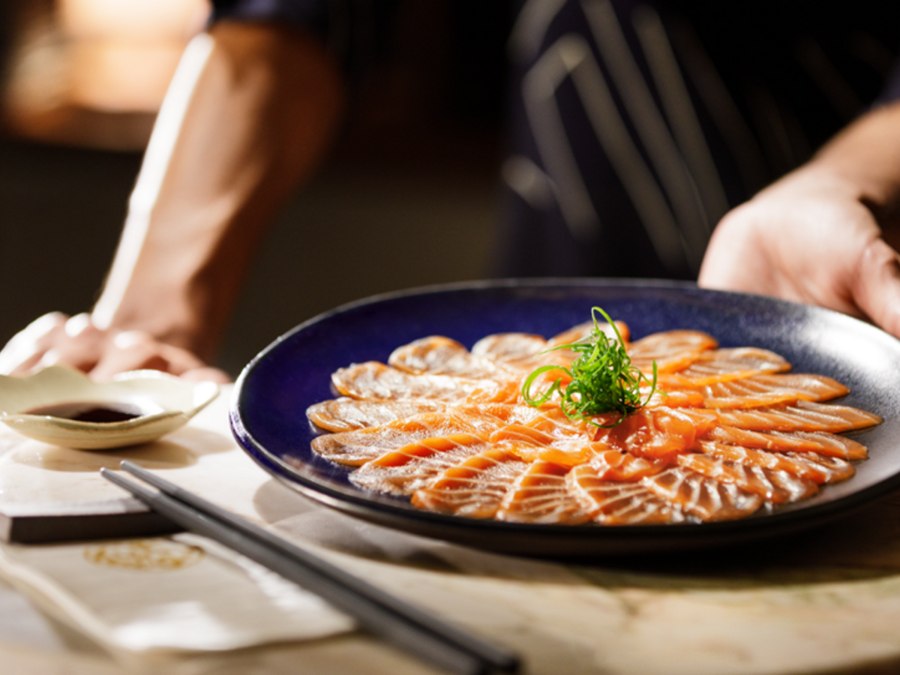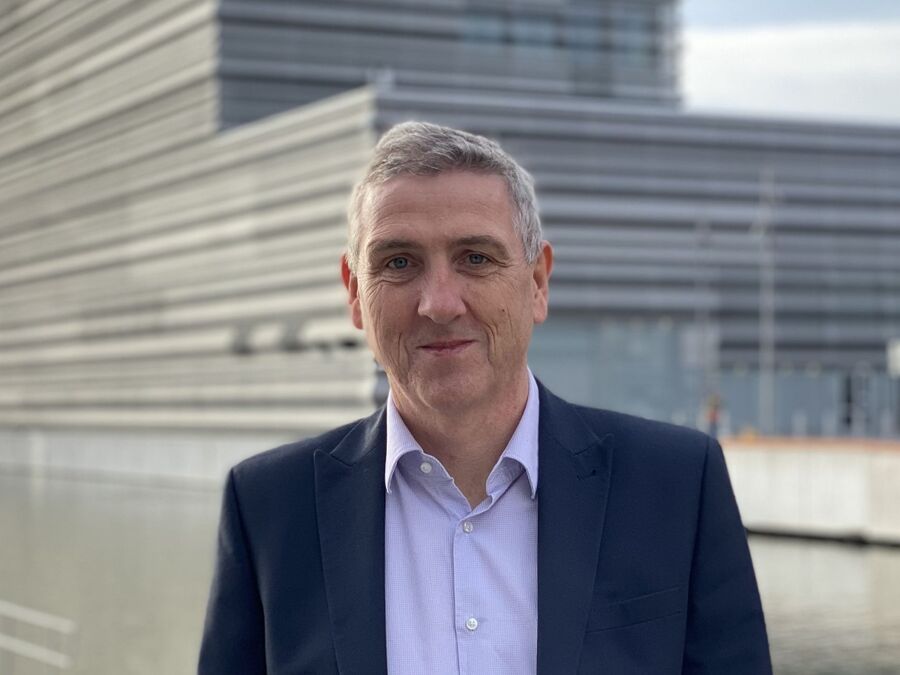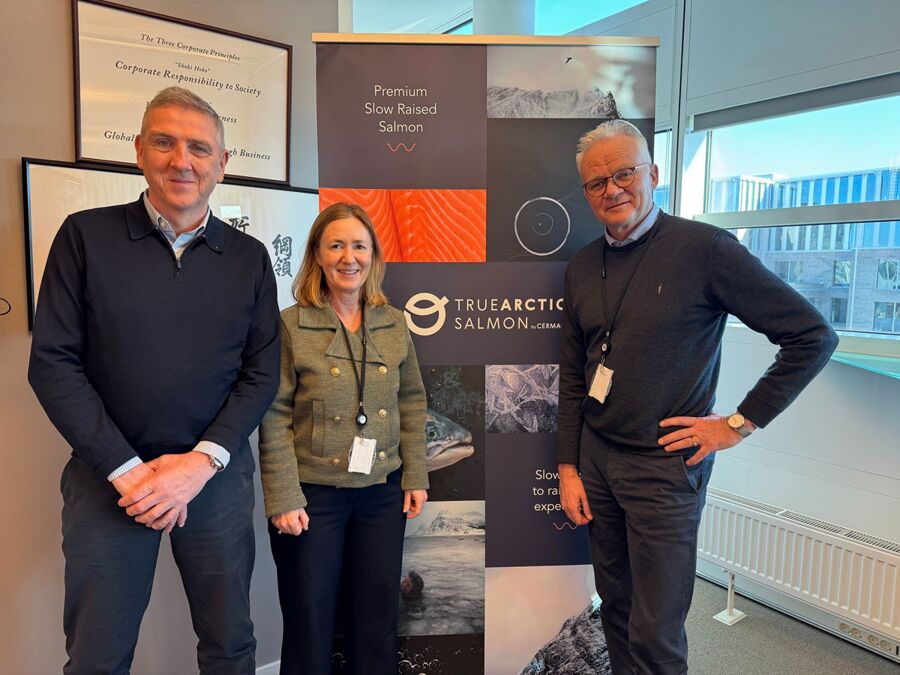News
05.07.2023
Pilot to identify plastic use
To find the plastic footprint of salmon farming, Cermaq has registered all plastics used in a smolt facility, a sea site, and a processing plant over one year. Cermaq pilots this plastic project for Global Salmon Initiative.

When changing towards circular economy we must reuse our resources, including plastics. That can only be done if we know what plastics we use, the specific types and items, and the volumes. That is the ambition of Global Salmon Initiative (GSI), a partnership covering just under half of the salmon farming worldwide to understand the flow of plastics through operations to understand where efforts can be made to reduce the plastic footprint of the sector, and support moves towards a more circular approach.
"As salmon farmers, we see the impacts of plastic each day, which is why it is important to us to act. We did this pilot with Global Salmon Initiative to build knowledge, and hence be prepared on actions needed to improve as a global industry and for each company to meet future requirements on recirculation, waste management and reporting", says Lars Galtung, Cermaq’s Chief Officer for sustainability and communication.
The pilot which was run with the expert counsel of the Responsible Plastic Management Program team, set the objectives to categorize all plastic by type, use, function, source, quantity, and fate, leading to plastic id and indexing for tracking performance over time.
Cermaq registered all plastics used through our value chain in Norway, from smolt, via sea site and a processing plant. In total, 350 different plastic items were found. These were categorized in three main groups: single use, short term use and long-term/ infrastructure.
The single use plastics include packaging, fish boxes, containers, feedbags, disposable lab coats etc. There are relatively few different items, 46 in total, where 90% of the total amount were used in the processing plant. Sea site production had the fewest single use items.
The short-term use plastic includes for example gloves, life vests, dry suits, sampling equipment, ropes, and boots. They were 131 different items, where sea site production counted for almost half of the item numbers.
The long-term use/infrastructure category includes water pipes, tanks, pumps, cage collars, walkways, lice skirts, plastic boats, conveyer belts, insulation etc., where most was used in the smolt facility.
"This process has been very valuable, and we have a much better picture of our situation. This is a great initiative from GSI and together we will now look at how we can take this further to improve circular production where all the plastic is reusable, recyclable or compostable", says Lars Galtung.
The pilot measured weight of the plastic, which is important for measurement and estimation on a larger scale for total operations.
GSI now intends to use the learnings from this pilot project to map plastics at a wider scale across the global membership to support greater understanding of where alternative materials could be used, or where changes in the value chain could be made to extend the life of plastic used to reduce the global footprint of plastic use in salmon farming.
FACTS
The Global Salmon Initiative and members engaged the services of RPM Program to assist in a feasibility exercise for the mapping of plastics used in salmon farming. Such an exercise had previously not been undertaken in the detail proposed.
The pilot has been based on the work on the Responsible Plastic Management Standard (RPM standard) and EU plastic Strategy.
The pilot has been carried out on three Cermaq locations i Norway, the hatchery Forsan in Nordland, the sea site Toknebuktneset in Finnmark and the processing plant in Rypefjord in Finnmark. In total 350 different types of plastic items were identified.


